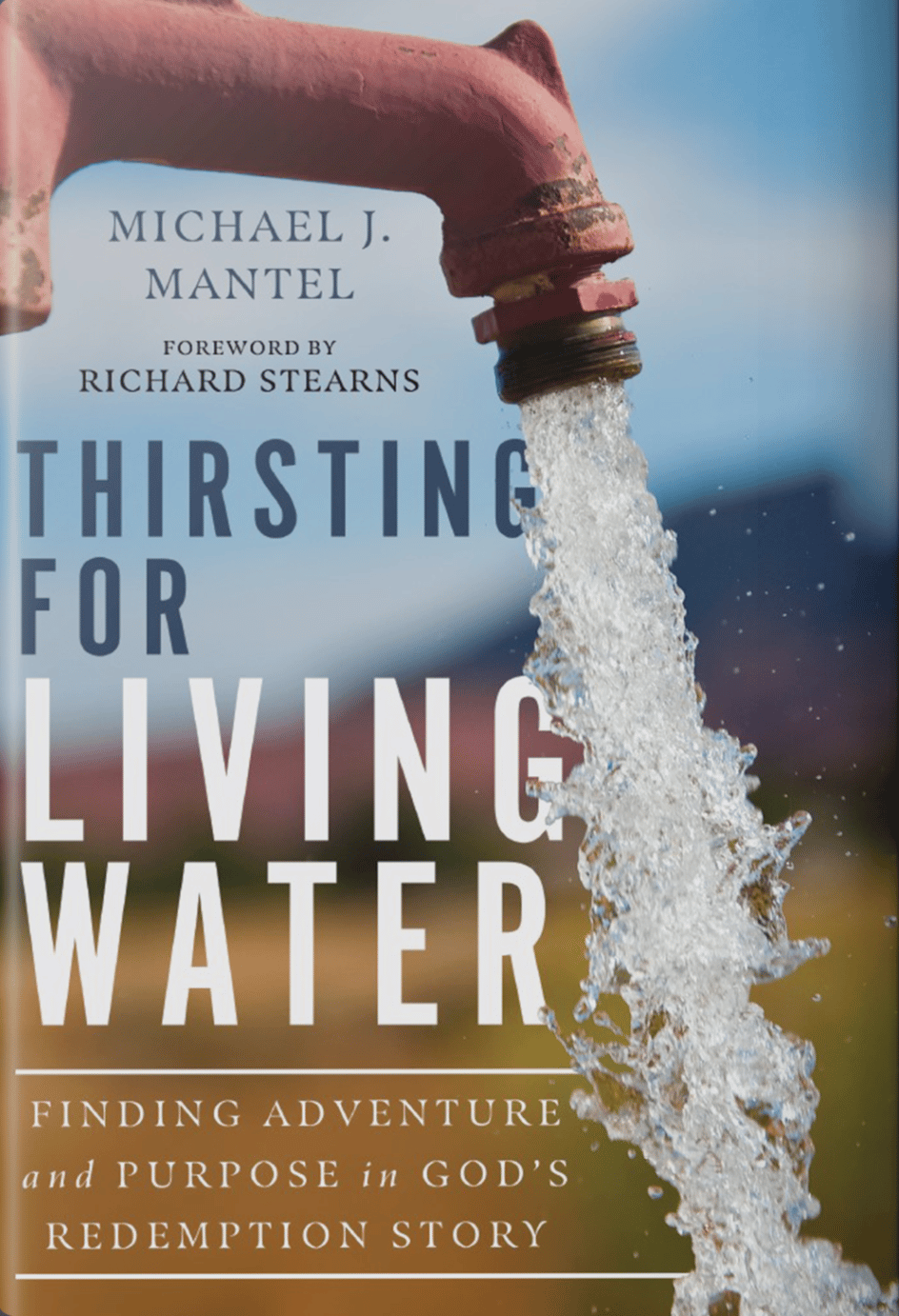Imagine a future where water scarcity is a distant memory, a future where access to clean, safe water is a right, not a privilege. This future, while seemingly utopian, is a tangible goal that researchers and innovators are tirelessly pursuing. The global water crisis is a multifaceted challenge, demanding creative and sustainable solutions. This article delves into the world of “new water,” exploring innovative technologies and approaches that hold immense promise for alleviating water stress in a thirsty world.

Image: www.youtube.com
The urgency of the global water crisis cannot be overstated. Rising populations, changing climate patterns, and unsustainable water usage practices have placed immense pressure on vital water resources. Water scarcity affects billions of people worldwide, hindering development and exacerbating social and economic inequalities. The call for sustainable water management strategies is more critical than ever. Enter the realm of “new water,” a revolutionary approach that focuses on unconventional sources and innovative technologies to create a more secure and equitable water future.
Unlocking the Potential of New Water
1. Desalination: Transforming Saltwater into a Valuable Resource
Desalination, the process of removing salt and other impurities from seawater or brackish water to produce fresh water, stands as a cornerstone of “new water” solutions. With vast oceans covering over 70% of the Earth’s surface, desalination offers a seemingly endless source of potential freshwater. While traditional desalination methods, like reverse osmosis, have been employed for decades, advancements in technology are making this process more efficient and cost-effective.
The development of membrane technologies, such as reverse osmosis (RO) and forward osmosis (FO), has significantly reduced energy consumption and improved water quality. Research into alternative desalination methods, including electrodialysis and membrane distillation, presents exciting possibilities for the future. Furthermore, the integration of renewable energy sources, such as solar and wind power, is progressively making desalination more sustainable and environmentally friendly.
2. Atmospheric Water Harvesting: Tapping into the Invisible Reservoir
The air we breathe is teeming with water vapor, a hidden reservoir of liquid gold. Atmospheric water harvesting (AWH) technologies capture this moisture, transforming it into drinkable water. While still in its infancy, AWH is gaining traction as a promising solution for regions facing severe water shortages. AWH systems, typically relying on condensation or adsorption methods, can generate water from the air, even in arid environments.
The efficiency and scale of AWH systems are constantly evolving. Recent advancements in materials science and nanotechnology have led to the development of highly efficient and compact AWH devices. Furthermore, innovative designs, such as passive AWH systems that operate without external power, offer promising prospects for decentralized water production in remote or off-grid areas.

Image: water.cc
3. Wastewater Reclamation: Turning Waste into a Valuable Resource
The concept of wastewater reclamation, or water reuse, is based on the principle of treating and reusing wastewater for various purposes, including irrigation, industrial processes, and even potable water supply. This innovative approach offers a sustainable solution for alleviating water stress by reducing pressure on freshwater sources. Advanced treatment technologies, such as membrane filtration and UV disinfection, ensure the safety and quality of reclaimed water.
Wastewater reclamation has gained significant momentum in recent years, with numerous successful implementations worldwide. Cities like Singapore and Perth, Australia, are leading the way in integrated water management systems that incorporate wastewater reclamation. The benefits extend beyond water conservation, contributing to environmental protection by reducing pollution and minimizing the discharge of untreated wastewater into fragile ecosystems.
4. Water-Smart Irrigation: Conserving Water and Maximizing Yields
Agriculture is a major consumer of water resources, accounting for a significant proportion of global water consumption. Unsustainable irrigation practices contribute significantly to water stress, particularly in arid and semi-arid regions. Water-smart irrigation technologies are designed to optimize water usage, reducing waste and maximizing agricultural yields. These technologies encompass a range of innovative approaches, including drip irrigation, sensor-based irrigation, and precision agriculture.
Drip irrigation, a highly efficient method that delivers water directly to plant roots, minimizes evaporation and runoff. Sensor-based irrigation systems utilize soil moisture sensors to monitor water requirements in real-time, adjusting irrigation schedules for optimal water use. Precision agriculture, an emerging field that integrates data analytics and remote sensing, enables farmers to tailor irrigation practices to specific crop needs, further enhancing resource efficiency.
The Future of New Water: Challenges and Opportunities
While “new water” solutions offer compelling possibilities for addressing the global water crisis, their widespread implementation faces a number of challenges. Desalination, while a viable option, can be energy-intensive and costly, necessitating investments in renewable energy sources to ensure sustainability. Atmospheric water harvesting, while promising, is still limited in scale and requires further technological advancements to achieve economical and widespread applicability. Wastewater reclamation requires robust infrastructure and public acceptance, particularly for its use in potable water applications.
Despite these challenges, the momentum behind “new water” solutions is growing. Governments and organizations are increasingly investing in research and development, fostering innovation and promoting collaborative efforts. The private sector is also playing a key role, with numerous companies developing and deploying innovative technologies. The future of water security lies in harnessing the power of these emerging solutions and promoting a culture of responsible water management.
New Water For A Thirsty World Pdf
https://youtube.com/watch?v=ozAD47nyuPE
A Call to Action
The “new water” revolution is underway, offering a glimmer of hope for a more water-secure future. It is a collective responsibility to embrace these innovative solutions, support their development, and advocate for their widespread adoption. Individuals can join the movement by making informed choices about water usage, supporting water conservation initiatives, and promoting awareness about the importance of sustainable water management.
By working together, we can overcome the challenges of water scarcity and create a world where water is a precious resource, thoughtfully managed and available for all.






